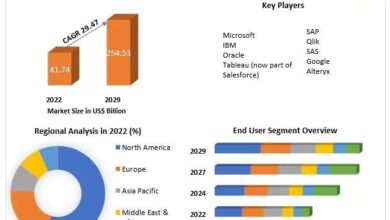Universal Analytics Back-up: Transitioning to G4 Data Measurement

Last summer Google unveiled GA4, a new analytics platform that means the discontinuation of Universal Analytics (UA)—the previous Google analytics tool used by businesses worldwide. UA has already officially stopped processing new data on all websites, but as of July 1st, 2024, businesses will face complete loss of access to the interface and API.
This transition of data measurement means that marketing industry professionals need to focus on not only what to expect with the new platform, but also how to avoid losing valuable historical information from UA.
UA Data Back-up Is Critical
This loss could have a significant impact on trend analysis, historical comparisons, and future research projects that may require access to UA data. Without a backup plan in place, businesses risk losing years of valuable data that could impact their future strategies and growth. By exporting their previously processed data before the shutdown date, businesses can ensure that they have access to their historical data for future analysis and research projects.
Backup Destination Options to Consider
Choosing the right destination for their backup data is crucial for businesses to ensure their information is safe and accessible for future use. There are various options for storing the raw data from UA depending on the size of the backup data, different destination options may be required to ensure that all data is preserved properly.
BigQuery is the best option for maximum data storage and is required when total backup is more than 50M rows, or when any single tab is more than 20M rows. If you’re working with less than 20M rows Excel and Sheets are both an option, while CSV can be used for less than 50M rows as long as no single tab has greater than 20M.
The Benefits of Expedient Back-Up
Backing up Universal Analytics data allows businesses to save virtually any data collected with Universal Analytics, including events, conversions, audiences, acquisition data, demographics, and more. This data can be used for historical analysis to track changes and trends over time to make informed business decisions, as well as performance monitoring to help evaluate the effectiveness of past strategies and campaigns.
By this saving historical customer behavior, businesses will have a better grasp on their consumer insights, including preferences for targeted marketing strategies, ultimately giving competitive advantage over businesses that lack access to this historical data.
Blending UA and GA4 Data
Companies with backed up UA data have the advantage of blending consumer behavior history with current GA4 data. History of consumer pageviews, purchases, sessions, traffic-based acquisitions, conversions, bounce rates, and event counts can all be blended with GA4 to help create comparison and continuous reports.
User data can also be merged, but an important caveat to know is that users metric in GA4 refers to active users, while in UA it refers to total users, so businesses should expect to see fewer users and sessions in GA4.
While businesses will need to adjust to the many differences between UA and GA4, including a new dashboard, an array of new metrics, and additional access to predictive insights to name a few, ultimately GA4 will give marketers more control and greater value from their data. This more detailed and cross-platform view (which integrates data from both websites and apps) will be a powerful and enhanced analytics tool. By taking proactive steps and properly preserving their valuable UA, businesses can make more informed decisions with accessible historical data and confidently welcome the future of GA4.
Spencer Hadelman is Founder and CEO of Advantage Marketing.



